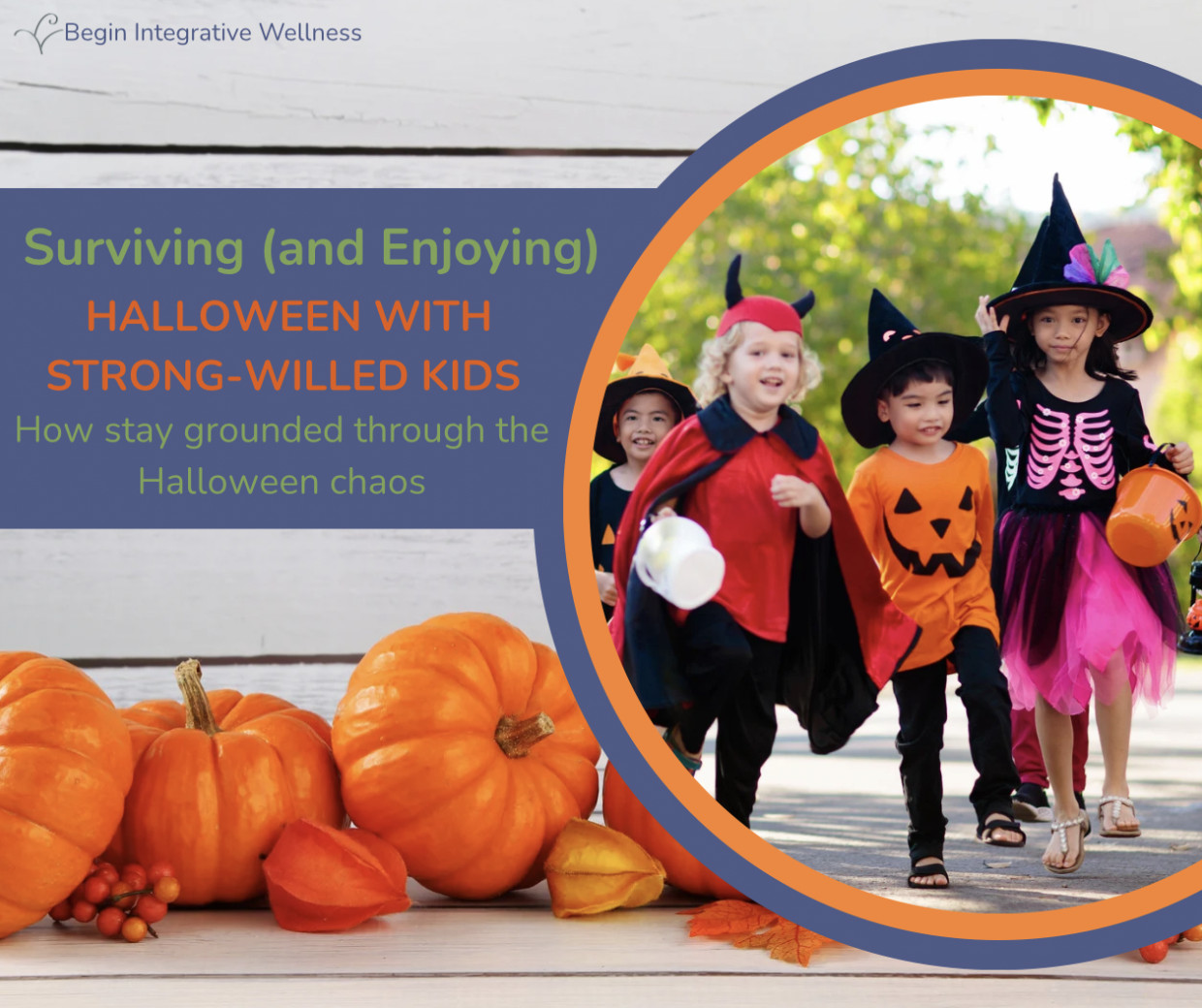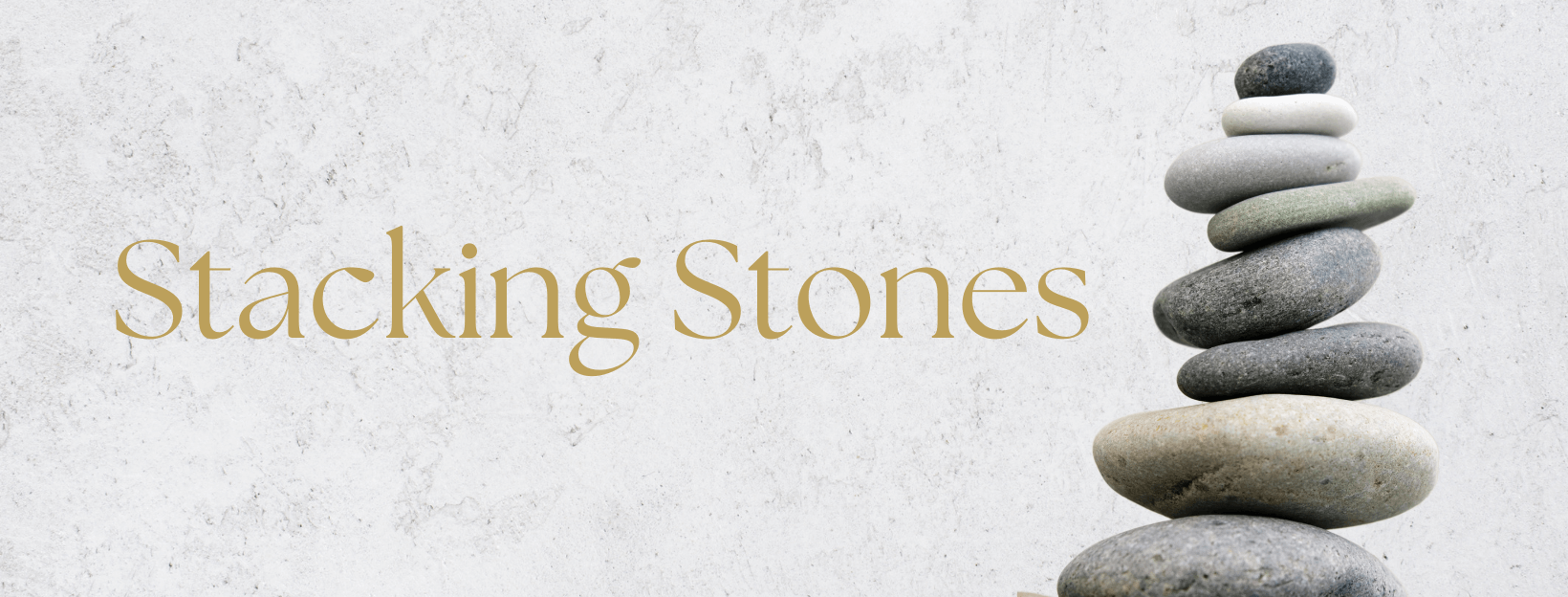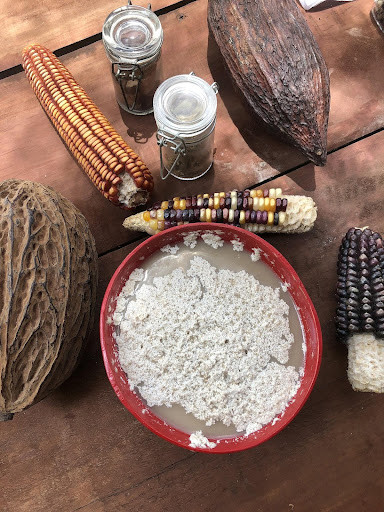
Picture this: Halloween at my house was like a scene straight out of a wildlife documentary. Picture a “wild animal” decked out in a pumpkin costume, dashing through the house while I, the befuddled parent, attempted to keep up. Candy stuck to the couch, a glitter trail marking its track, and a meltdown brewing over which candy bucket was the least "embarrassing." If just the thought of the next few weeks sends your stress levels soaring, know you're not alone. The air is already buzzing with holiday excitement—sugar mysteriously finding its way into lunchboxes, Halloween decorations popping up in every store—yet D-day is still weeks away. It's a recipe for serious overstimulation for our strong-willed kids (and let’s face it, for us too).
But here's a reassuring truth: with a bit of preparation, this need not turn into a horror story. Together, let’s flip the script.
Where Sensory Overload Meets Resilience
Halloween- and the build up to it- can feel like a sensory tornado—blinding lights, blaring noises, prickly costumes, unexpected guests. It's a full-scale sensory and emotional blitz for kids who thrive on predictability. For strong-willed children, who live on the “high alert” setting, this overstimulation can rapidly transform into dysregulation.
Research on attachment highlights how unpredictability affects a child’s sense of safety and trust. When your child feels adrift—unsure of what to wear, what time ‘trick or treating’ starts, or how long it will last—their instinct is to resist. This resistance isn’t defiance; it’s self-preservation.
Behavior is how a child resolves problems they can’t yet articulate. During Halloween, their strategy may involve refusing the costume, melting down halfway down the street, arguing about making plans independently, or opting to retreat home. It’s our signal to parent the child we have, not cling to the Halloween we envisioned.
From Fright to Fun
One PPSWC community parent shared how their Halloween battles de-escalated when she shifted from perfection to preparation. A costume “try-on time” transformed into a whimsical fashion show with goofy music, complete with snacks. The tension evaporated as the focus shifted from rigid expectations in an effort to prevent melt downs to relationship-building that promoted calm and connection.
We see it frequently: viewing challenges as opportunities for adventure, rather than exhaustive battles, releases the tension. It’s less about maintaining control and more about fostering curiosity—encouraging our kids, and ourselves, to feel safe in the fun.
This year, instead of fearing meltdowns, let’s treat Halloween as a chance to practice flexibility, creativity, and joy.
Preparation Practices for a Peaceful Halloween
Get practical with these steps to navigate towards calm and connection as Halloween comes closer:
Quick Win:
Craft a simple Halloween Plan—a visual schedule featuring costume practice, trick-or-treat routes, and candy guidelines. Predictability cultivates safety.
Daily Practice:
Engage in a 3-minute Grounding Ritual with your child. Step outside, find a leaf, and take deep, calming breaths together while observing its color and texture. Nature calms.
Connection Tip:
Validate rather than debate. “I know that costume feels rough. Let’s see if we can make it softer—or take a break if it’s too much.” You’re teaching self-awareness and adaptability, not pushing for compliance.
Amidst the rising sugar storm and heightened excitement, remember:
- Your best parenting tool is modeling regulation.
- Predictability eases resistance; connection calms chaos.
- One small step a day is sufficient.
Halloween needn't be something to “survive.” It can be an opportunity to deepen trust—costume by costume, candy by candy, moment by calm moment.
As pumpkins light up and costumes emerge, breathe deeply and remind yourself: you've got this. And we've got you.
Share your preparation triumphs and stories within our Powerfully Parenting Strong-Willed Children community. Let’s transform this Halloween into a celebration of connection—not chaos.
___________________
Begin Within
and align with the rhythm of nature and self.











